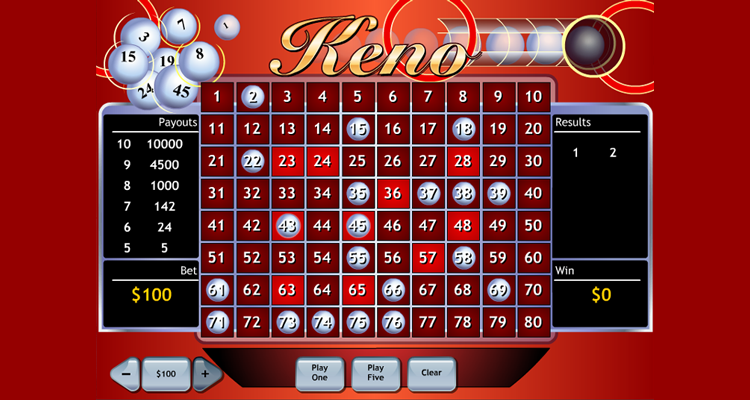Time-killing bet causes confusion
Dear Mark: I enjoyed your 5/1/15 column on “low roller” time-killing bets (Keno in particular). It brought back memories. I only dabbled with keno when I exceeded my gambling budget for the day, and I’m certainly not an expert.
However, it seems that you should have mentioned that keno odds vary between casinos, and expected payout will also vary according to how many numbers one chooses. Maybe your column wasn’t intended to be that specific. Anyway, do you have any tips on finding a casino with the best payouts? Hal M.
Yes, Hal, the column was not “intended to be that specific,” but more tongue in cheek on killing time along with stretching resources. Any longtime Deal Me In reader sitting front and center on a blackjack game can easily drop an hourly rate loss to near zero, but I was just solving the reader’s problem.
I will start by doing some fifth grade, Sister Cyrilla ‘rithmetic explaining the house percentage.
In Keno, the house draws 20 numbers of 1 to 80 inclusive while you predict which of those numbers will appear. For example, suppose you make a one-dollar, one-spot wager that the number 22 will show on the keno board. Your chances of winning are 1 in 4, which calculates into an enormous 25% house percentage. So, Hal, plan to lose $25 for every $100 wagered.
If 22 is among the numbers drawn, you win your bet and $4 is how much you should get back. However, the casino has to pay to keep the neon lights flickering, so your payoff is a meager $3. As with all casino games, the casino pays you less than true odds.
The more numbers a player selects, not only will the percentage hold for the house be higher, but the odds of hitting you ticket solid become astronomical, multiplied times 100. For instance, take the 15-spot ticket. The odds of hitting a 15-spot are about 428 billion to one. Comparably, the odds for a Powerball lottery win are a measly one in 175 million.
Smart gambling was not what that particular column intended, but rather a combination of gambling and killing time and losing the least amount of money and having some fun.
The median casino advantage on a live keno game is 28%. You can make that considerably lower by playing video keno, which has an overall house edge of 7.5%. Video keno is considerably lower because this version of keno offers those better paytables you are looking for.
I didn’t suggest video keno to the reader because he was looking for losing the least amount of money with a limited gambling education. At $1 per game, the most you could lose on a live keno game is about $15 an hour, as that is the average number of games called per hour. A typical video keno player can easily burn through $15 in quarters in three minutes due to of the speed of the game.
All in all, Hal, it is your responsibility to search for the highest-paying paytables as casinos don’t always offer the same payoffs.
What holds true is that the higher the payouts for the spots you play, the lower the house edge. So, Hal, play fewer spots, so the odds against hitting a winning ticket are not so planetary in nature.
Gambling Wisdom of the Week: “I am a reasonable American, registered to vote, sitting at the blackjack table, losing, with a $2 bill safety-pinned to the front of my underpants.” – Edward Allen, Penny Ante (1992)


